39 diagram of sponge
spongebob.fandom.com › wiki › The_BullyThe Bully/transcript | Encyclopedia SpongeBobia | Fandom [Flats approaches the board] Please draw for us a diagram of a basic four-way intersection, Flats. [draws an image on the board] Please turn and show the class what you drew, honey. [has drawn pictures of SpongeBob being beat up; SpongeBob yelps] My, how very creative! We have an artist in the class. [everyone applauds, except SpongeBob. Sponges: Description and Structure | Phylum Porifera Sponges are usually small, plant-like animals that are radially symmetrical or irregular in shape, occurring singly or in colonies. 2. Multicellular body with two loosely arranged and differentiated germ layers and an intermediate gelatinous layer cantaining amoeboid cells and skeletal pieces known as mesohyl or mesenchyme (not truly diploblastic), hardly formed in tissues.
Untitled Page [projects.ncsu.edu] Most sponges fall into one of three categories, based on their canal systems - asconoid, syconoid and leuconoid. Asconoid sponges have the simplest type of organization. Small and tube shaped, water enters the sponge through dermal pores and flows into the atrium. Choanocyte flagella create the current to expel it through a single osculum.
Diagram of sponge
Sponge - Wikipedia The hypothesis has been made that coral reef sponges facilitate the transfer of coral-derived organic matter to their associated detritivores via the production of sponge detritus, as shown in the diagram. Several sponge species are able to convert coral-derived DOM into sponge detritus, and transfer organic matter produced by corals further up ... Schematic diagram of the use of sponge-type hemostatic ... Download scientific diagram | Schematic diagram of the use of sponge-type hemostatic materials. (a) Sponge-type material is used for the expansion of large-area wounds and pressure-based hemostasis. How To Draw Gemmules In Sponge | Diagram of Gemmules In ... How to draw Gemmules In Sponge in exam is the topic. This is the well labelled diagram of gem mules in sponge. This is a well labelled diagram of gem mules i...
Diagram of sponge. How to draw Sycon sponge labelled diagram , Kingdom ... In this video I'm going to draw diagram of Sycon sponge labelled diagram easily and step by step and do it's classification in phylum porifera , Classificati... Gemmule - Structure formation and Sponge reproduction An asexually produced mass of cells, which are capable of developing into a new organism or into an adult freshwater sponge is termed as a Gemmule. They are small bud-like cells, which are formed by sponges to withstand unfavourable environmental conditions. A freshwater sponge reproduces both by sexually and asexually. The Wonders of the Seas: Sponges - Oceanic Research Diagram of a simple sponge. Although they may look plant-like, sponges are the simplest of multi-cellular animals. A sponge is a bottom-dwelling creature which attaches itself to something solid in a place where it can, hopefully, receive enough food to grow. How to Use the Birth Control Sponge | See Easy Instructions 1. Wash your hands with soap and water. 2. Take the sponge out of the wrapper and wet it with clean water. 3. Gently squeeze the sponge until it's sudsy. It needs to be totally wet to activate all of the spermicide. Don't squeeze it dry — the sponge should be wet and foamy when you insert it. 4.
Study 13 Terms | Sponge Anatomy Diagram | Quizlet keeps structure, every sponge has a unique one; could be considered their "fingerprint" F Choanocytes (collar cells) helps to circulate water and captures food through sponge A Solved 224 Review Questions - P. Porifera Label this ... Transcribed image text: 224 Review Questions - P. Porifera Label this diagram of the sponge and identify the following osculum, estium, collar cells spicule, epidermis cells. Write on this diagram where the spongoceel is located and draw the path of water through the sponge D osculum B Pinacoderm - Porocyte -E Amoebocyte Cancy of moobyl بسو Guy lot Limon 2. Sponge Coloring Diagram and Questions - BIOLOGY JUNCTION As water passes through the sponge in this way, cells absorb food and oxygen and waste is excreted. Color the osculum (D) dark blue, the incurrent pores (C) light blue. Color the inside of the sponge where water circulates the same light blue as you colored the incurrent pores. Color all the collar cells (A) red. 18.1 Sponges, Cnidarians, Flatworms, And Roundworms ... Sponges. Sponges are aquatic invertebrates that make up the phylum Porifera. The wordporifera means pore-bearing. The phylum is aptly named. As you can see from Figure below, a sponge has a porous body. There are at least 5,000 living species of sponges. Almost all of them inhabit the ocean, living mainly on coral reefs or the ocean floor.
sponge - David Darling Diagram of a section through part of a sponge with a fibrous skeleton. A sponge is a member of the phylum Porifera. Sponges are aquatic invertebrates; some inhabit freshwater but the vast majority of the 9,000 or so species known to science live in a marine environment. All are permanently attached to rocks or other surfaces. › science › articleUniversal low-temperature and template-free synthesis of ... Thanks to the sponge-like, interconnected porous structure and maintaining high tap density, the as-obtained materials can effectively accelerate the infiltration of electrolyte, shorten the solid phase transfer distance of ions, and accommodate the volume expansion of micron-sized elements during cycling, thus endowing prominent gravimetric ... Grantia Sponge - Florida State University Grantia Sponge. Sponges, colonial animals in the phylum Porifera, are primitive invertebrates that are dominated by marine species. Typically, they are benthic, sessile filter feeders that are asymmetrical. Grantia is a genus of calcareous marine sponges that is sometimes referred to as Scypha in older texts. This group of sponges demonstrates ... Sponge Structure and Function - Advanced ( Read ... Sponge Structure and Function Sponges have three different body plans of sponges and use flagellated cells to pull seawater into their bodies to obtain particles of food. Progress
Porifera diagram | Biology notes, Science biology, Plant ... SEA LIFE HARMONY 2 - Vintage print - Poster - Biological - Nautical The creatures of the sea are so beautiful, whether there are large as whales or microscopic as some algae. The Image is printed on a standard A4 (21 x 29.7 cm) size matte cardboard. This way it fits a standard 8" x 10" frame or a 11" x 14" frame with matting .
Process Description and flow diagram of Coal Based DRI Plant • Sponge iron produced by the process will be the high grade which contains 80% Fe, 12% FeO and 8% gangue material. After separation of sponge iron in the magnetic screen/pulley, the remains are collected as char. Char has good amount of fixed carbon (25% - 30%) and moderate GCV (2500 - 2600 Kcal/Kg).
sponge diagrams and photos - Minneapolis, MN sponge diagrams and photos. The following diagrams come from Invertebrate Zoology, by Rupert and Barnes. The photos are my own. Here is a close view of an asconoid sponge from our aquaria in the lab - similar if not identical to the one in Fig 5-3 B above:
Structure of Sycon (With Diagram) | Zoology In this article we will discuss about the structure of Sycon with the help of a diagram. 1. It is a marine, colonial and hermaphrodite sponge which is found attached to rocks near sea shore in shallow waters. 2. Each sponge is a vase-like cylinder perforated with numerous ostia all over and a large osculum at the apex.
Sponge Diagram Diagram | Quizlet Start studying Sponge Diagram. Learn vocabulary, terms, and more with flashcards, games, and other study tools.
Euplectella - Diagram, Classification, Structure and ... Euplectella is a genus that contains sponges from the sea. Due to the presence of silica spicules, they are also known as glass sponges. It involves the flower baskets of Venus. They are found abundantly, deep in the ocean, in marine water. Their bodies are curved, tubular, basket-like, or in the form of a vase.
water.usgs.gov › edu › watercycle-kids-intThe Water Cycle for Schools Dec 16, 2019 · The Water Cycle for Schools: Intermediate ages. The water cycle describes how Earth's water is not only always changing forms, between liquid (rain), solid (ice), and gas (vapor), but also moving on, above, and in the Earth.
Sponges - EnchantedLearning.com spongin - the flexible, fibrous fibers that form the skeleton of horny sponges; spongin is located within the mesohyl. spongocoel - the central, open cavity in a sponge through which water flows. water flows into the sponge - water flows into a sponge through cells with pores (these cells are called porocytes) located all over its body.
Leucosolenia: Habitat, Structure and Reproduction The structure of sponge is such that the flow of water passes the choanocyte areas quite slowly. The food comprises the plankton—microscopical animals and plants and bits of organic matter. It appears that food particles adhere to the collars or are caught between the collars of adjacent choanocytes.
› science › meiosis-cytologymeiosis | Definition, Process, & Diagram | Britannica Meiosis, division of a germ cell involving two fissions of the nucleus and giving rise to four gametes, or sex cells, each with half the number of chromosomes of the original cell. The process of meiosis is characteristic of organisms that reproduce sexually and have a diploid set of chromosomes in the nucleus.
Sponge Culture and Uses of Sponge (with diagram) The sponges' cuttings are tied around the metallic wire which stretches between the float and the disc. The distance between two cuttings should not be less than four inches. A lesser distance will hinder the growth of the sponge.
Phylum - Porifera (Sponges) - Exploring Nature Body Traits (Anatomy): Sponges are made up of 2 body layers - an outer layer of epidermal cells and an inner layer of collar cells. The collar cells (choanocytes) trap food particles, while specialized ameboid cells (ameboctes) digest the particles and transport the nutrients to other cells throughout the sponge.
Difference Between Sponges and Cnidarians | Compare the ... Some examples for sponges include barrel sponges, boring sponges, basket sponges, bath sponges, etc. Most species are marine and very few live in freshwater. Adults are sessile and have an asymmetrical bodies. Sponge body is composed of two layers; outer flattened cell layer and inner flagellated collar cell line, which opens to its internal ...
PDF Phylum Porifera (Sponges) - Austin Community College District ability for sponge to grow in size generally larger colonial forms each mass has its own osculum incurrent and excurrent canals a typical sponge can pump water equivalent to its own volume in ~ 8 seconds a sponge must pump >1 ton of water to get 1 oz of food they can also control the flow by constricting osculum
301 Moved Permanently. nginx
How To Draw Gemmules In Sponge | Diagram of Gemmules In ... How to draw Gemmules In Sponge in exam is the topic. This is the well labelled diagram of gem mules in sponge. This is a well labelled diagram of gem mules i...
Schematic diagram of the use of sponge-type hemostatic ... Download scientific diagram | Schematic diagram of the use of sponge-type hemostatic materials. (a) Sponge-type material is used for the expansion of large-area wounds and pressure-based hemostasis.
Sponge - Wikipedia The hypothesis has been made that coral reef sponges facilitate the transfer of coral-derived organic matter to their associated detritivores via the production of sponge detritus, as shown in the diagram. Several sponge species are able to convert coral-derived DOM into sponge detritus, and transfer organic matter produced by corals further up ...
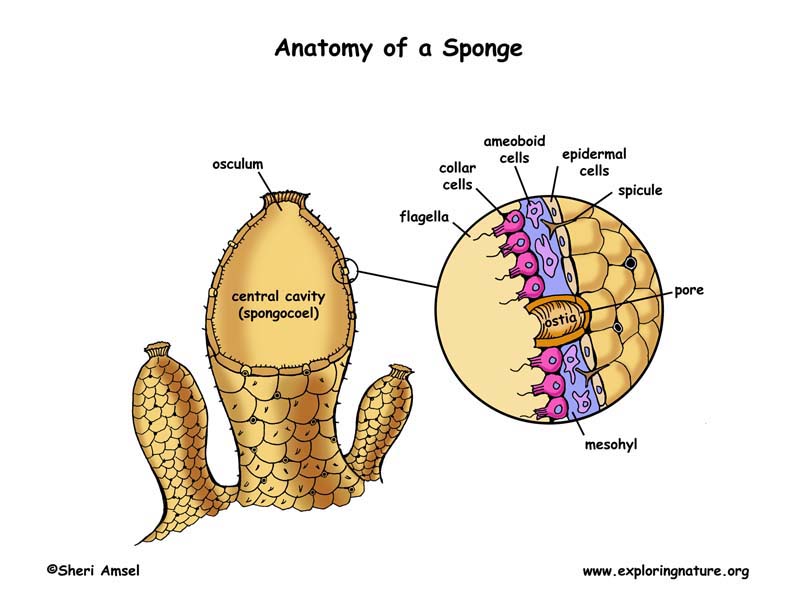







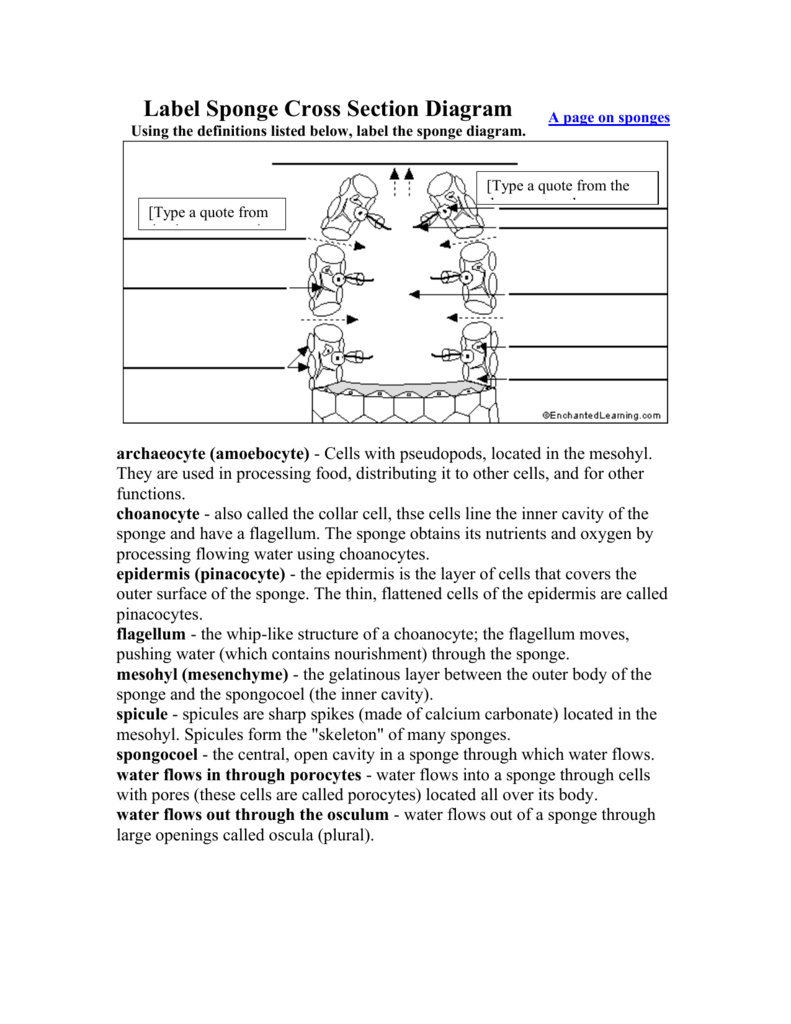
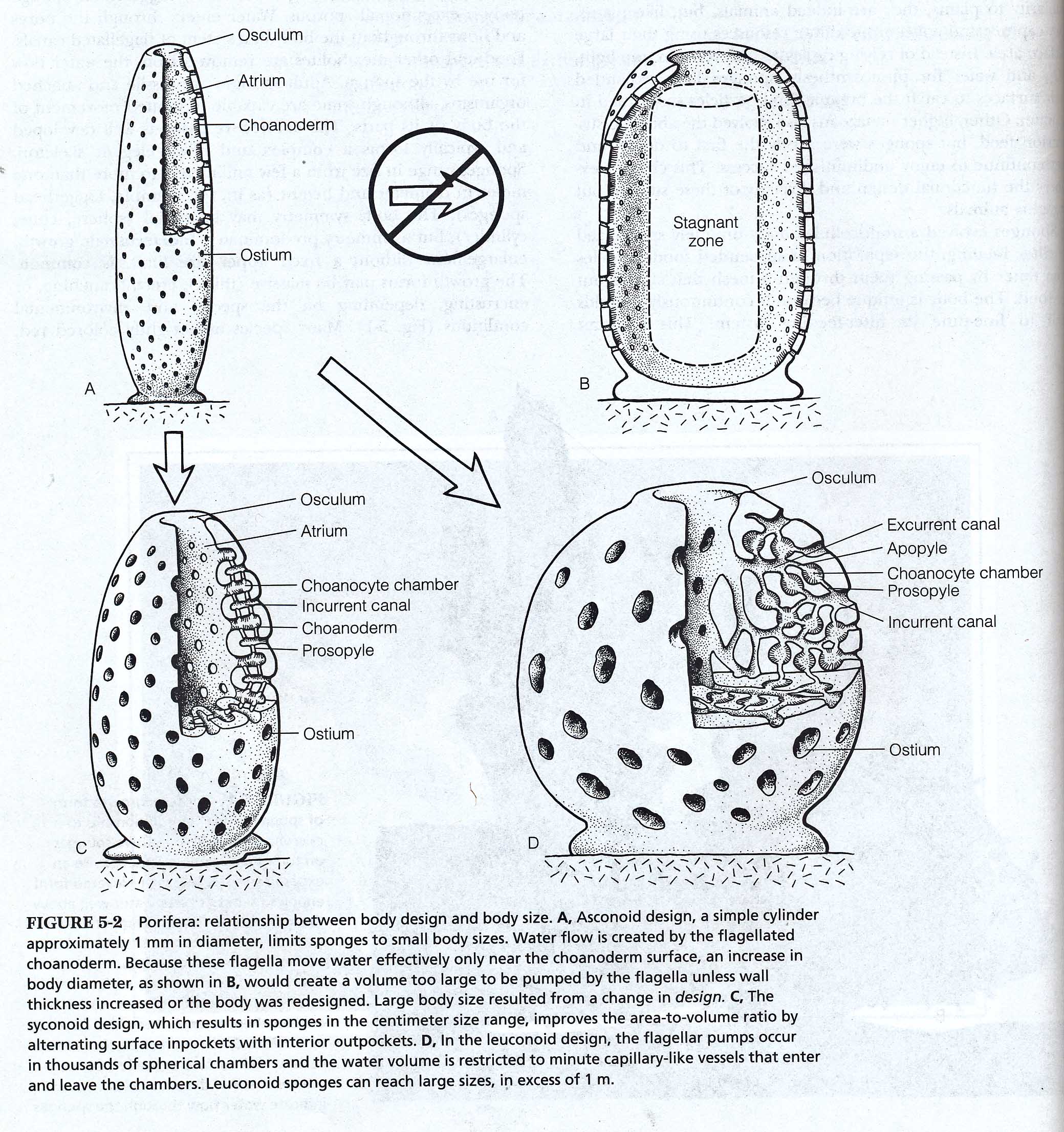














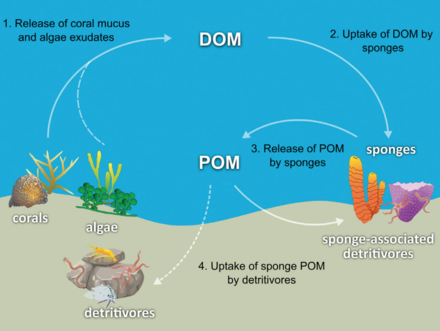




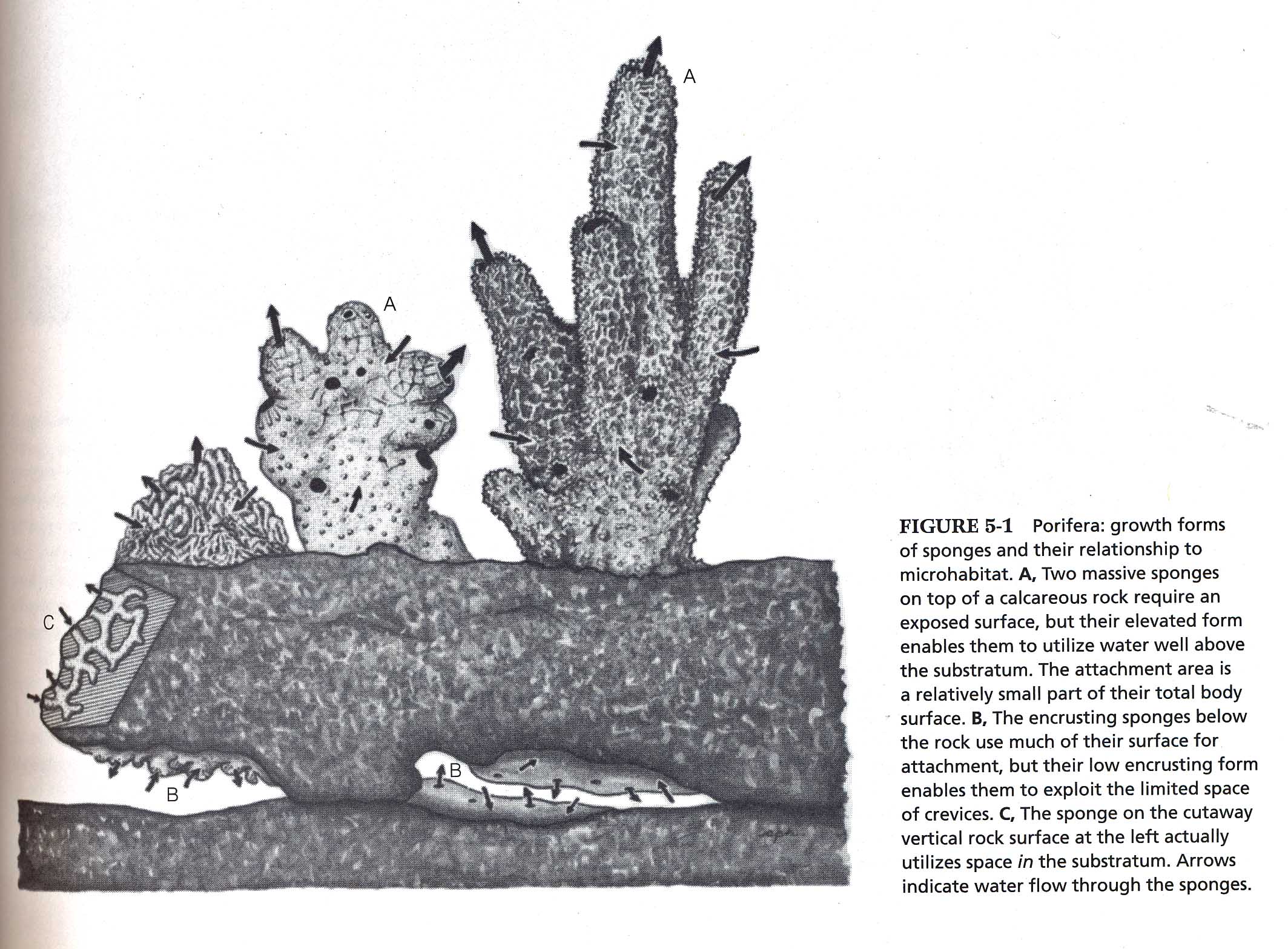







Komentar
Posting Komentar